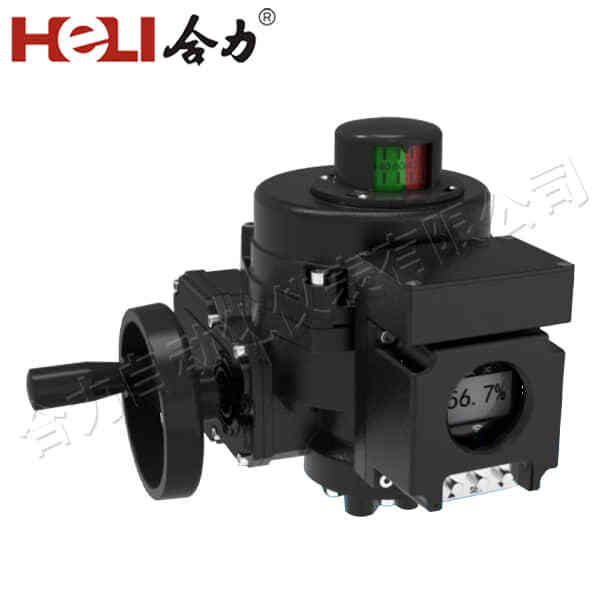

At its core, an electric actuator is a device that uses electrical energy to produce linear or rotary motion. The most common types of electric actuators are linear actuators, which produce straight-line motion, and rotary actuators, which create rotational motion. The energy is typically supplied by an electric motor, and the actuator's movement is controlled by a system that manages the electrical input, often through a controller or microprocessor.
Electric actuators are commonly mad up of an electric motor, gears, a lead screw or ball screw mechanism, and a housing. The motor generates the motion, while the screw or gears convert the motor's rotational movement into the desired type of mechanical output, either linear or rotary.

e An electric actuator is a device that converts electrical energy into mechanical motion, playing a critical role in modern automation and control systems. These actuators are widely used in industries ranging from automotive to robotics and aerospace, offering precise and efficient control over various processes and systems. This article delves into the functionality, applications, and benefits of electric actuators, as well as their growing significance in the world of automation.
What is an Electric Actuator?